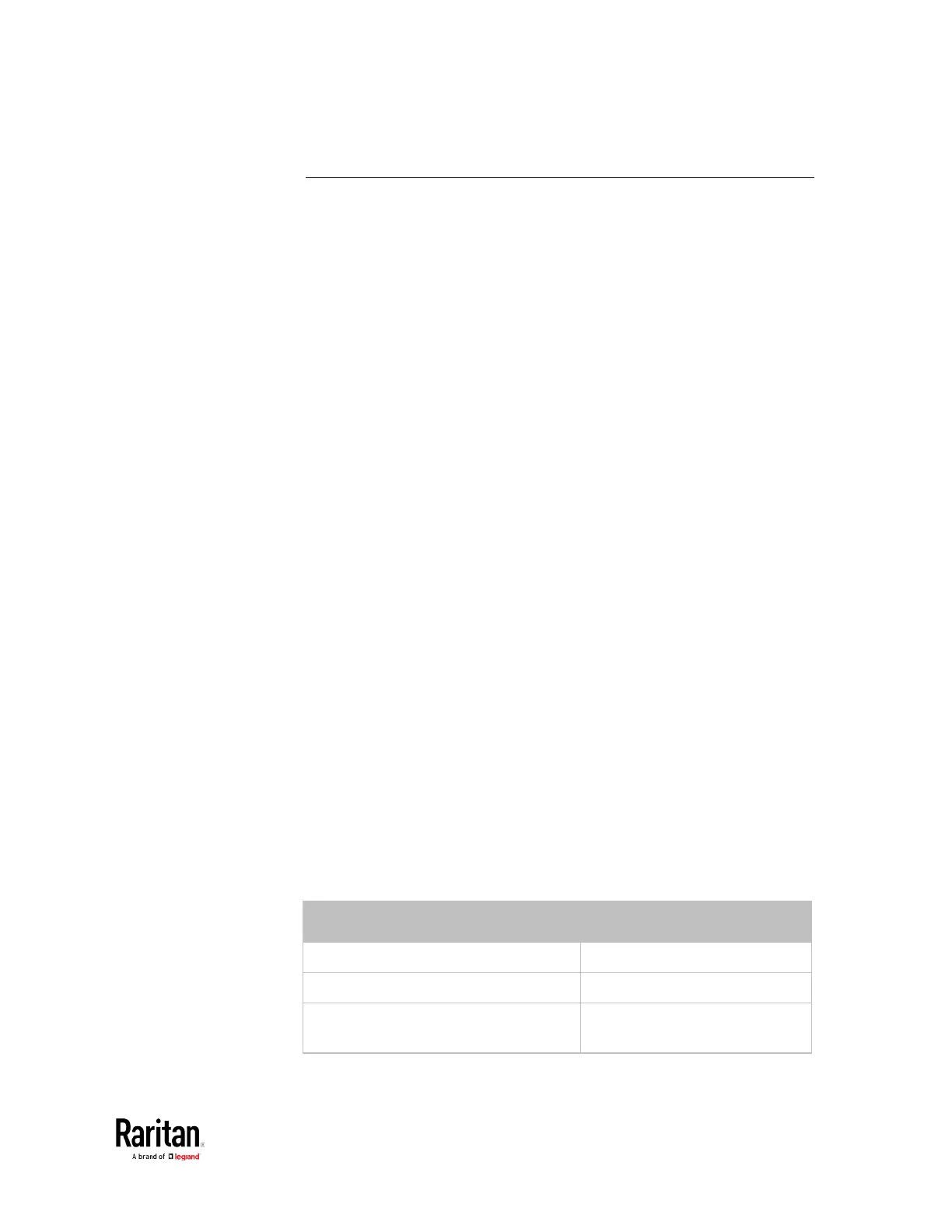Chapter 5: Using the Command Line Interface
Role Configuration Commands
A role configuration command begins with
role
.
Creating a Role
This command creates a new role, with a list of semicolon-separated
privileges assigned to the role.
role create <name> <privilege1>;<privilege2>;<privilege3>...
If a specific privilege contains any arguments, that privilege should be
followed by a colon and the argument(s).
config:# role create <name> <privilege1>:<argument1>,<argument2>...;
<privilege2>:<argument1>,<argument2>...;
<privilege3>:<argument1>,<argument2>...;
Variables:
• <name> is a string comprising up to 32 ASCII printable characters.
• <privilege1>, <privilege2>, <privilege3> and the like are names of the
privileges assigned to the role. Separate each privilege with a
semi-colon. See
All Privileges
(on page 453).
• <argument1>, <argument2> and the like are arguments set for a
particular privilege. Separate a privilege and its argument(s) with a
colon, and separate arguments with a comma if there are more than
one argument for a privilege.
All Privileges
This table lists all privileges. Note that available privileges vary
according to the model you purchased. For example, a PDU without the
outlet switching function does not have the privilege "switchOutlet."
acknowledgeAlarms Acknowledge Alarms
adminPrivilege Administrator Privileges
changeAssetStripConfiguration Change Asset Strip
Configuration

